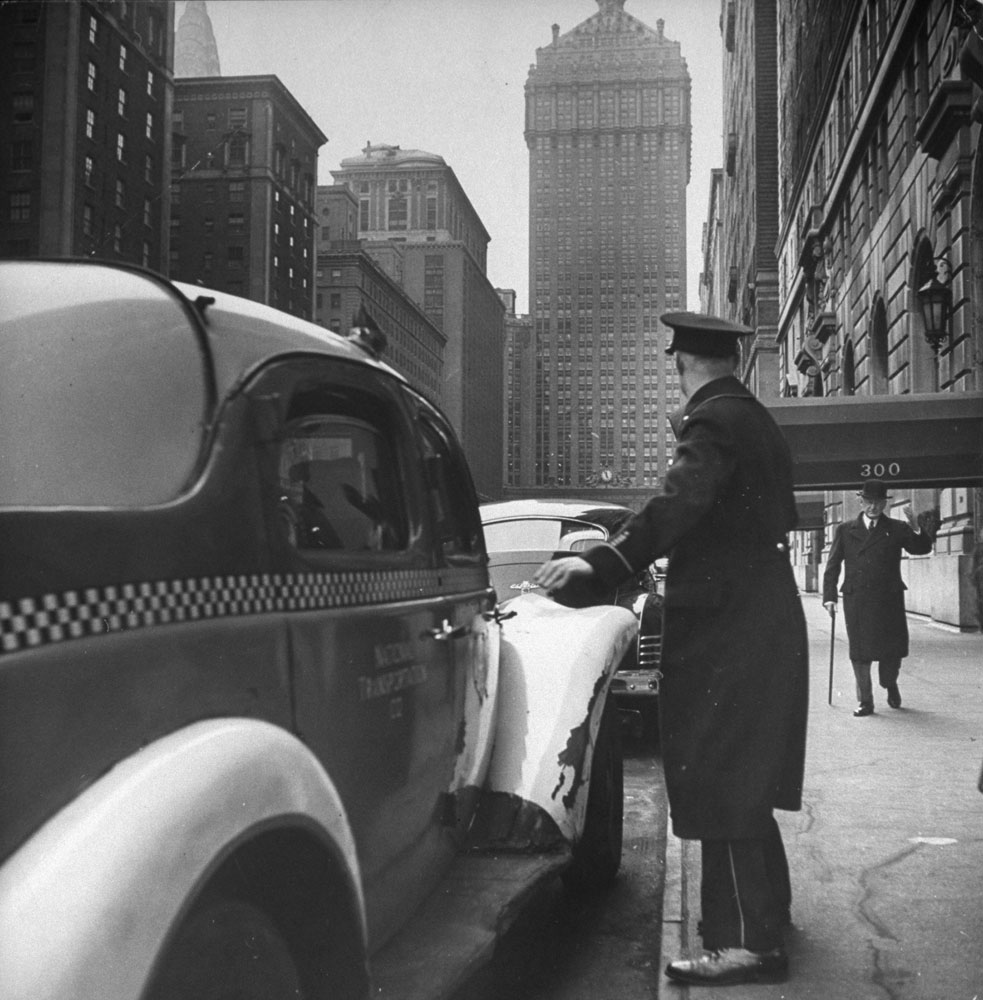
The New York City of most peoples’ imaginations usually looks and sounds like the New York of a few very distinct decades. There’s today’s post-Bloomberg New York City, of course — the bright, weirdly clean (well, it’s clean in parts of Manhattan, at least) largely smoke-free metropolis of complicated bike lanes, pedestrian malls and other “improvements” that, to most people, feel about as New Yark as a wine spritzer at a football game.
Then there’s the Big Apple of the 1970s: the New York of Mean Streets and Taxi Driver; of “Ford to City: Drop Dead” and Blondie, Television, Talking Heads, Patti Smith, the New York Dolls and the Ramones at Max’s Kansas City; of “the Bronx Is Burning” and Son of Sam. The New York, in other words, of the old, scary, late, semi-lamented Times Square of sordid lore.
[MORE: See the gallery, “Love Letter to New York: Classic LIFE Photos of the Big Apple”]
Finally, there’s New York in what many consider its Golden Age: the New York City of the 1940s and 1950s, when men wore hats, women wore gloves, a dime got you a cup of coffee and — in the popular imagination, anyway — there were doormen standing on every curb, flagging down taxi cabs for dames who looked like Veronica Lake.
Here, in honor of that last vision of Gotham as a noir film set where absolutely everything is seen in deep-shadowed black-and-white, LIFE.com recalls those big, burly taxi cabs of the 1940s, and the rough-looking, distinctive characters who drove them.
[MORE: See the gallery, “Lower Manhattan: Where New York Was Born”]
Liz Ronk, who edited this gallery, is the Photo Editor for LIFE.com. Follow her on Twitter @lizabethronk.
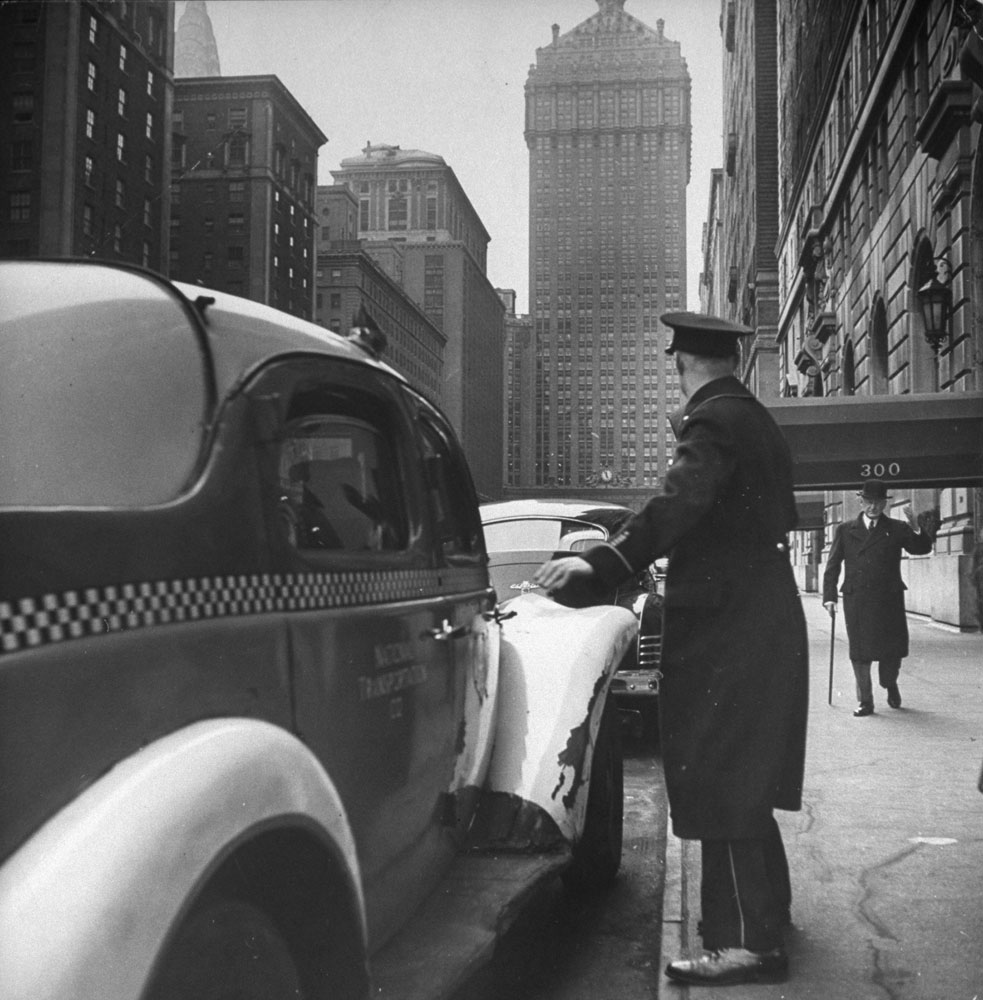

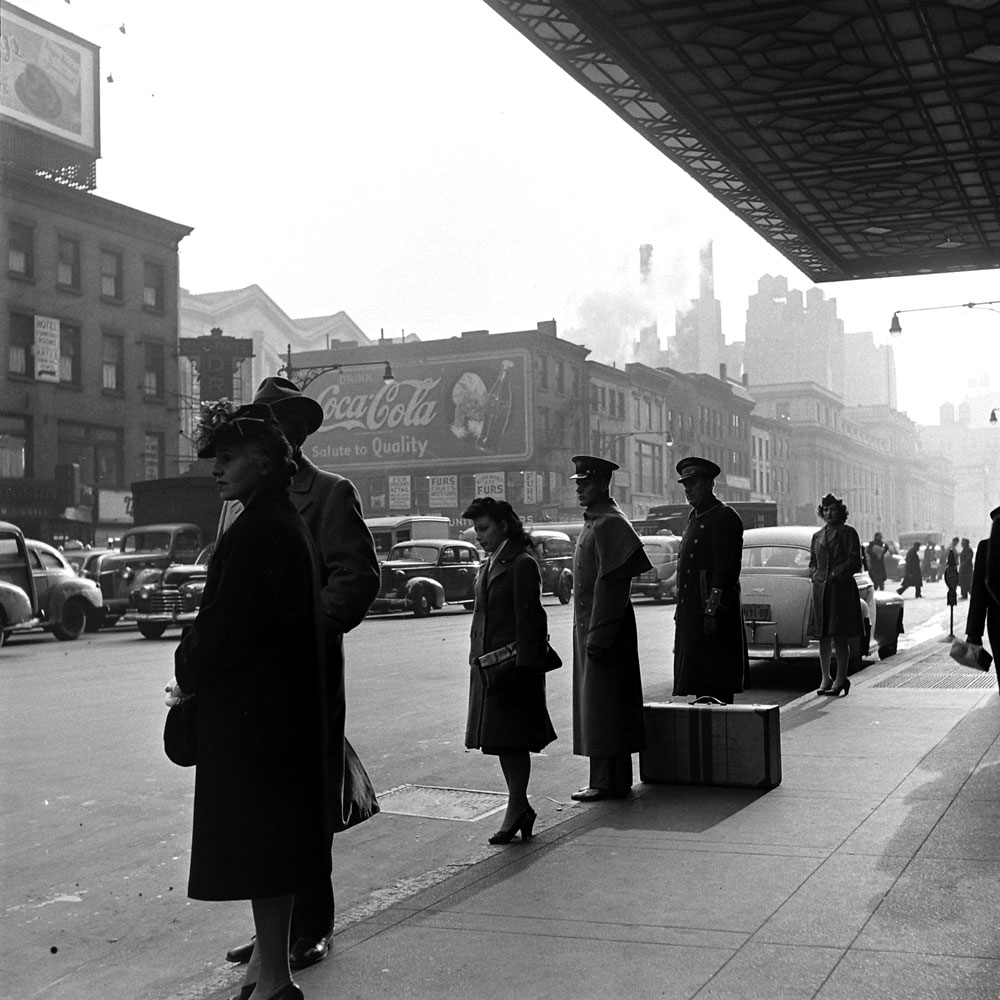


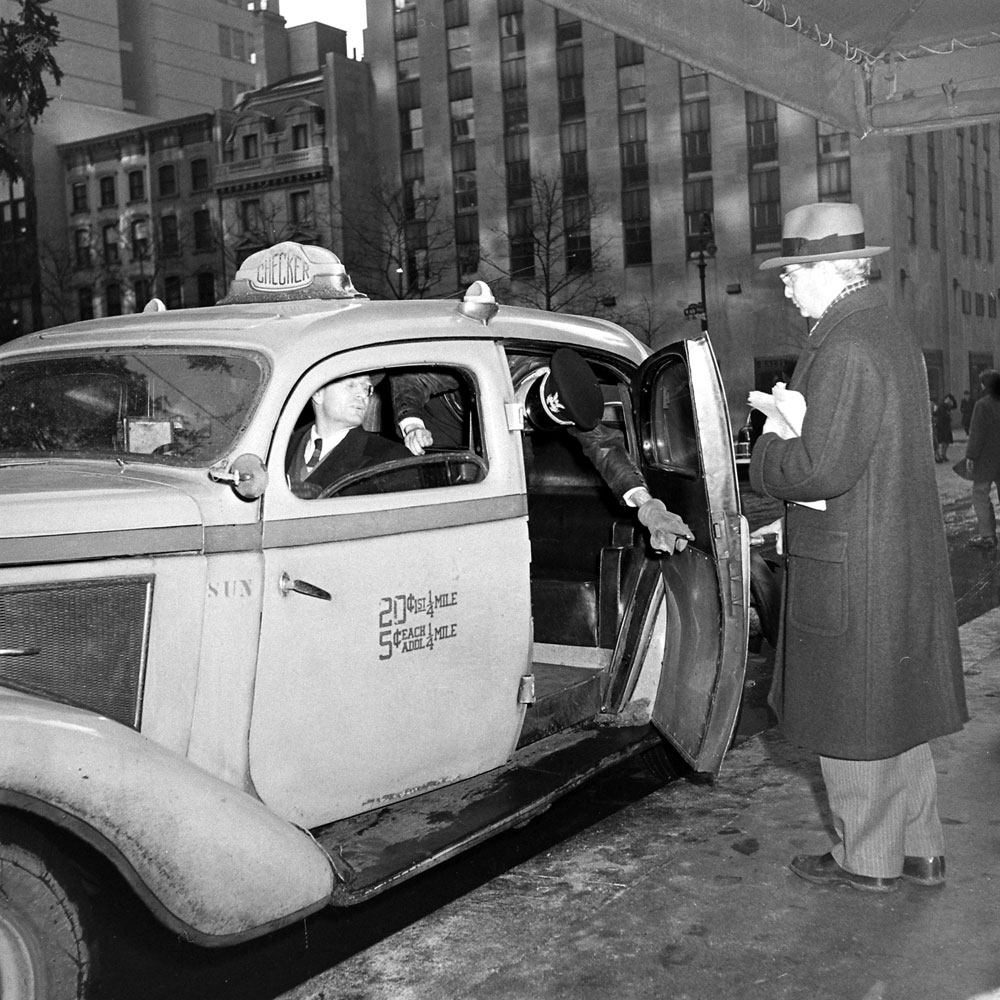
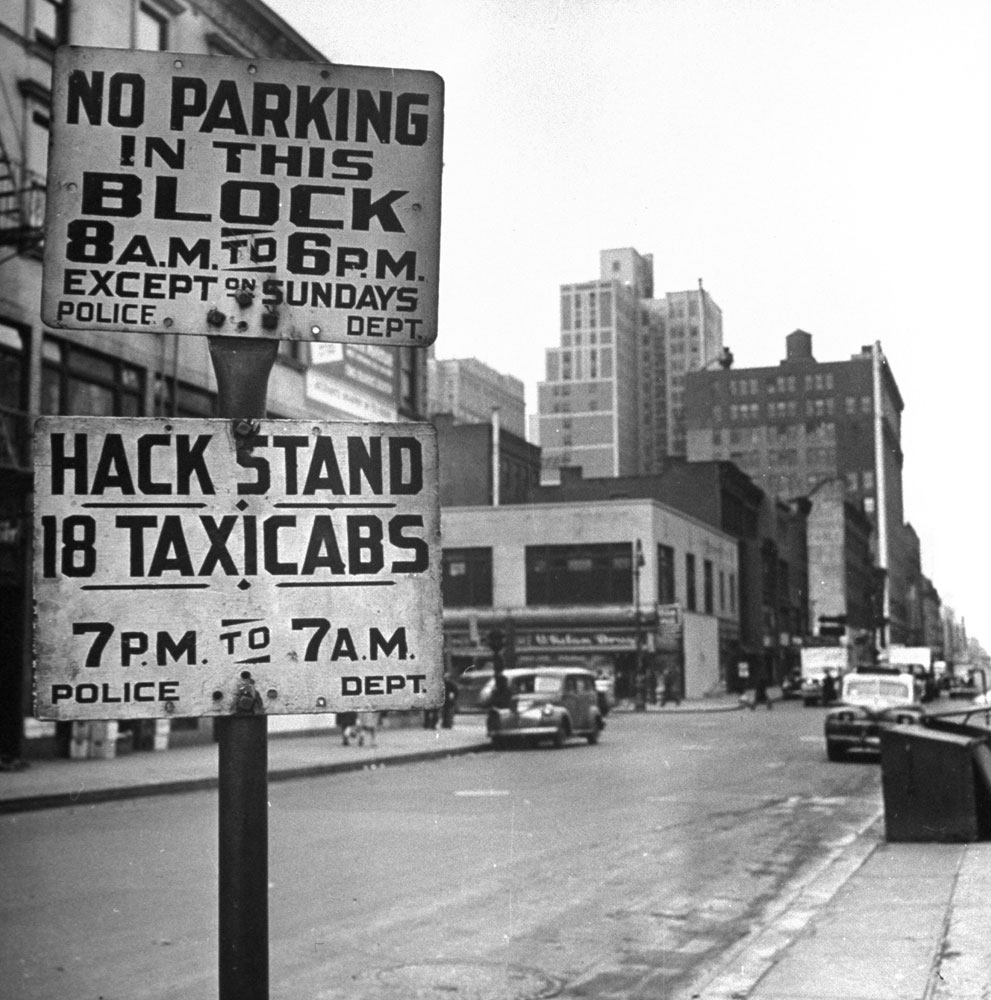
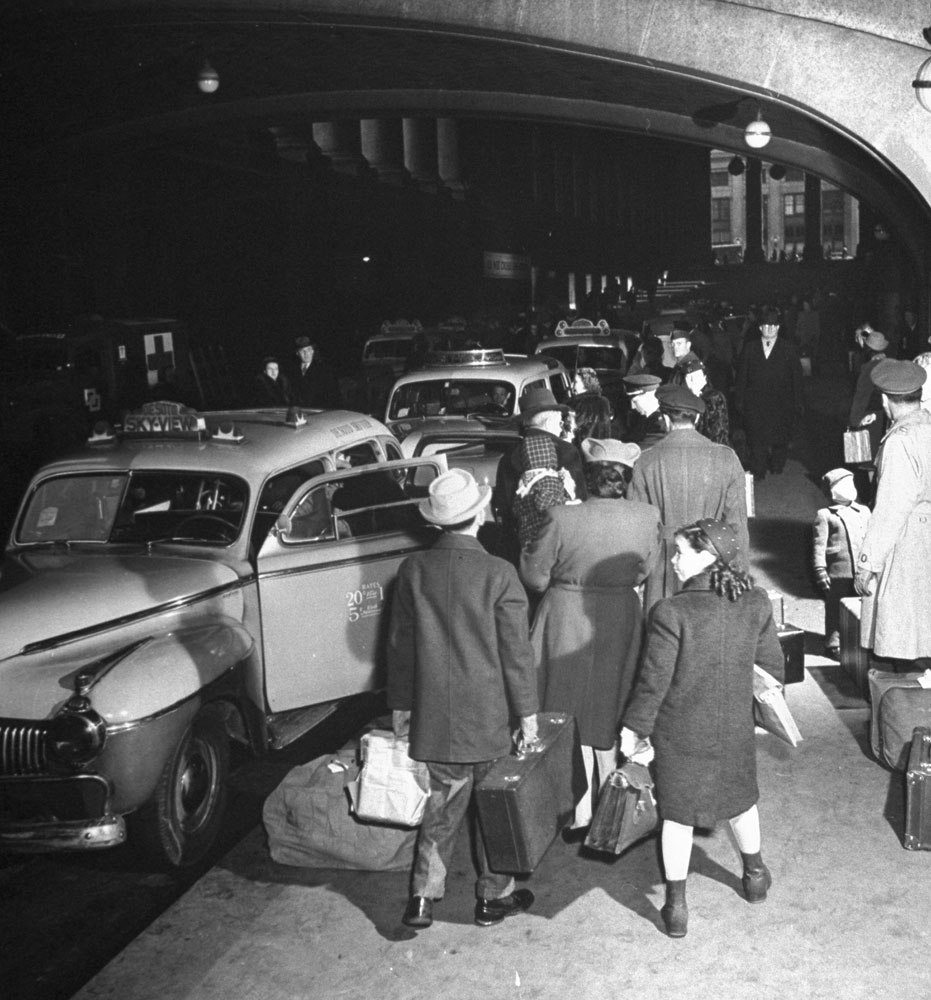
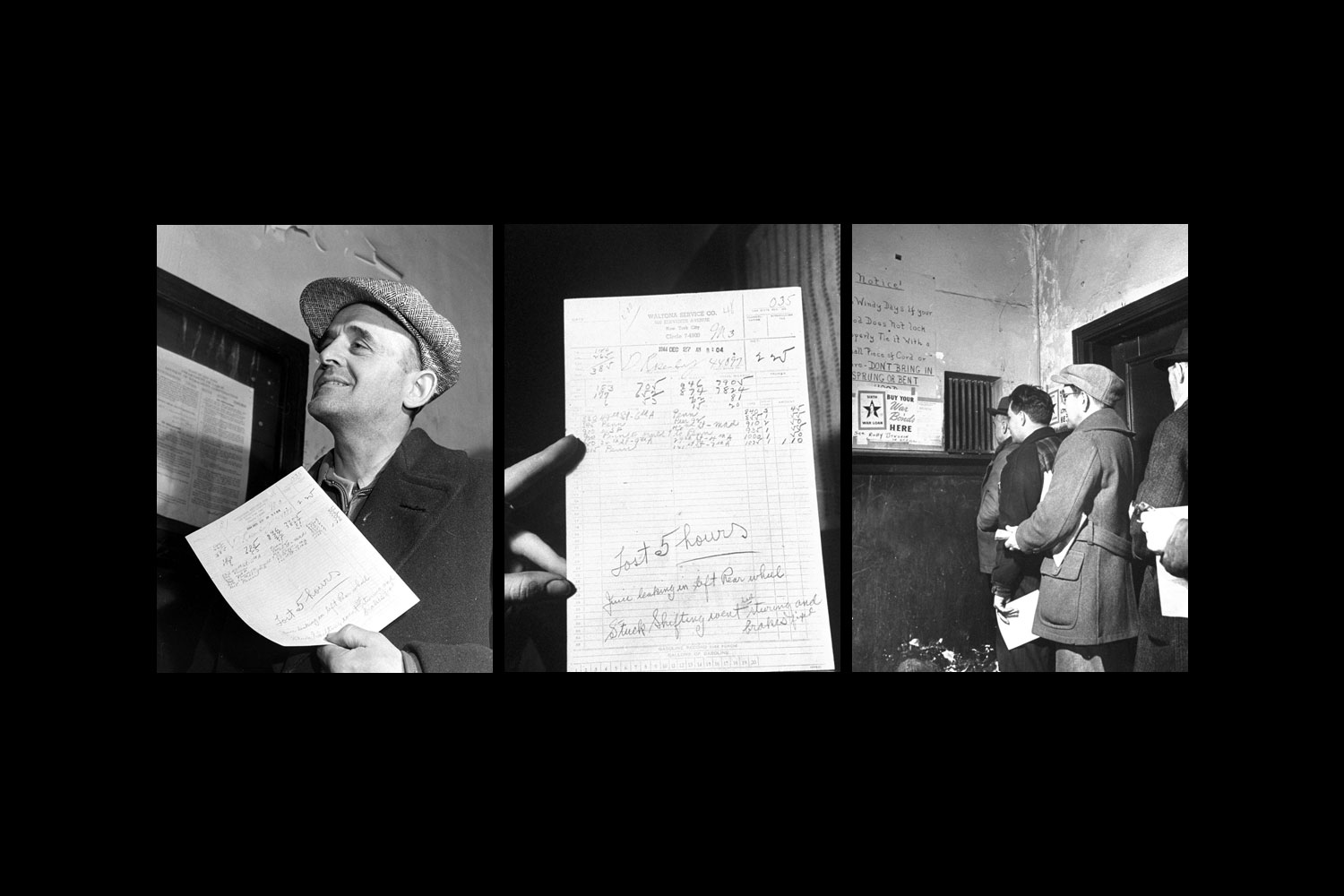


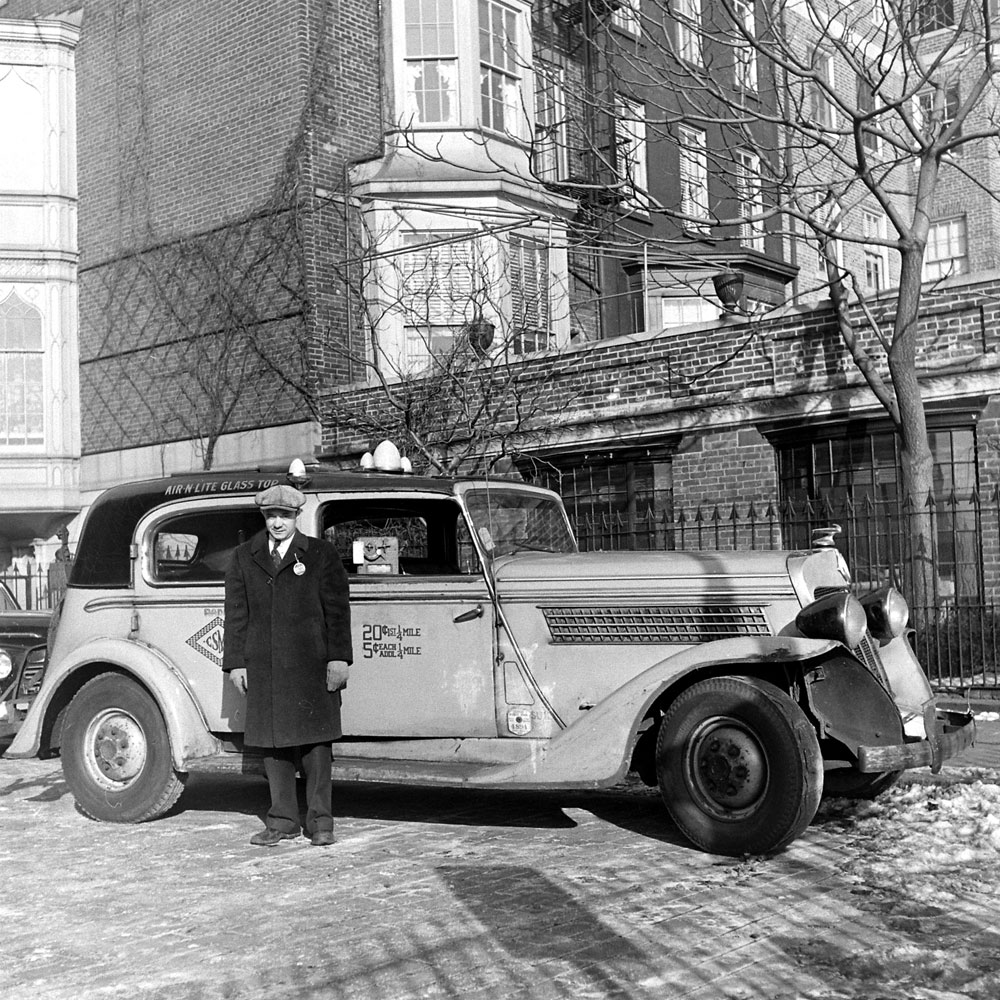
More Must-Reads from TIME
- Donald Trump Is TIME's 2024 Person of the Year
- Why We Chose Trump as Person of the Year
- Is Intermittent Fasting Good or Bad for You?
- The 100 Must-Read Books of 2024
- The 20 Best Christmas TV Episodes
- Column: If Optimism Feels Ridiculous Now, Try Hope
- The Future of Climate Action Is Trade Policy
- Merle Bombardieri Is Helping People Make the Baby Decision
Contact us at letters@time.com